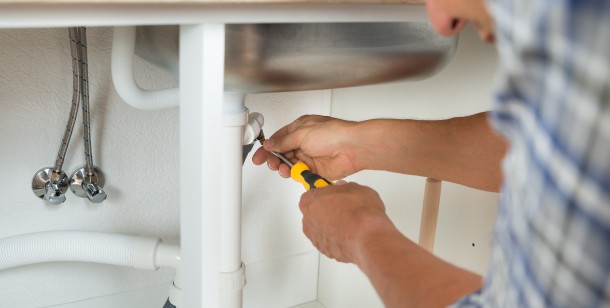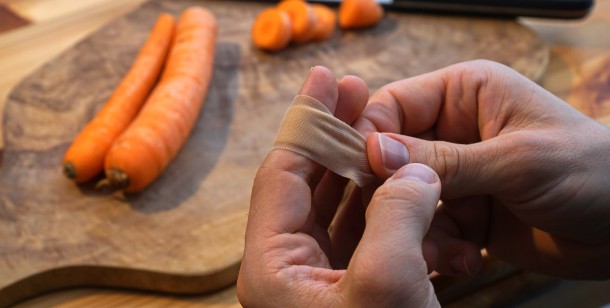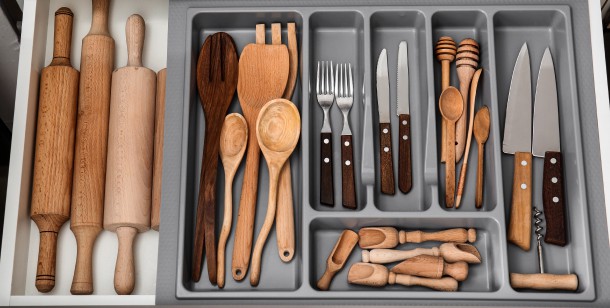Of all common injuries, finger cuts tend to be the most painful. Finger cuts pose major inconveniences both to adults and children, as well as potential complications. Proper wound care is essential to ensure speedy healing without infection or accidentally reopening the wound. If you want to know what to do when you cut your finger, keep reading!

Most Common Causes of Finger Cuts
Whether you’re accident-prone or simply a victim of poor luck, odds are that you’ve had some kind of finger scrape or cut. Here are some common causes of finger injuries:
Cooking mishaps
- Knife accidents on the finger are common in the kitchen, with some people even completely severing their finger with a sharp cooking knife.
Sports injuries
- Recreational sports or activities involving physical contact like basketball, football, and soccer are all sports that are likely to result in a finger cut.
Falls
- Falling on a hard or sharp surface can cause scrapes or cuts on the hands
Housework accidents
- Household repair and maintenance is another common cause of finger injuries. Sharp edges and tools are all culprits of injuries.
Work-related tasks
- Factory and construction workers that handle heavy or sharp machinery are prone to accidental finger cuts.
These injuries can range in severity and should be treated accordingly, either at home or by a medical professional.

How to Prevent Finger Cuts When Working
If you are cooking or going to work and feel that a finger cut may be imminent, it’s important to take the necessary precautions in order to protect your hands. Should your occupation involve handling heavy machinery or sharp objects that may result in a finger cut, try to wear gloves and follow all recommended safety precautions and regulations for the tools you are operating.

What Do You Do When You Cut Your Finger While Cooking?
Ironically, the kitchen is the best place to be after accidentally cutting your finger. Immediately following the accident, calm yourself and inspect your injury. Even for the most shallow finger cut, heavy bleeding can occur. If the wound seems like a minor cut, wash your hands as soon as possible with soap and water at your kitchen sink. Afterward, you should allow blood to run freely for a few moments; this helps flush out any bacteria introduced to the bloodstream from the cooking knife. Then, stop the bleeding and apply pressure with a compress and dress it with a bandage. If you have to continue cooking, it is suggested that you cover the afflicted hand with a glove to protect it.

Safe Cooking Habits to Observe
To avoid cutting your finger while cooking, it’s important to adhere to common-sense cooking rules. Take care when wielding a knife and keep an orderly kitchen. Without messes, pets, or children in your kitchen, accidents are less likely to occur.
What Do You Do When You Cut a Chunk of Your Finger?
If you were unfortunate enough to cut off a chunk or tip of your finger, you may have a far more serious problem on your hands. At the very least, the injury may require stitches and a tetanus shot to stop the infection from setting in. However, if you accidentally severed your finger partially or completely, then you are faced with a more difficult situation. First, you need to put pressure on the wound. Then find and wrap the severed appendage with moistened gauze in a watertight plastic bag and seal it. Afterward, place the bag on ice in a sealed container or another watertight bag before seeking emergency medical attention immediately. If you managed to have a clean-cut, a surgeon may be able to reattach the fingertip with a skin graft.
How Does Your Finger Heal When It Is Cut?
The aftermath of a finger cut dictates how fast and how well the wound will heal. If you have taken the appropriate steps in cleaning and dressing the wound, then odds are that you’re on the right track to a speedy recovery.
Hemostasis Phase
- Hemostasis is the process of the wound being closed by clotting. When blood starts to leak from a wound, the blood vessels constrict the blood flow. Then coagulation occurs and strengthens the platelet plug with threads of fibrin, a molecular binding agent. This process forms a clot to keep the blood and platelets trapped in the wound area and encourages the healing process.
Inflammatory Phase
- The inflammatory phase is the second stage of the healing process. Inflammation controls the bleeding and prevents infection by removing damaged cells, pathogens, and bacteria from the area and replacing them with beneficial white blood cells, nutrients, and enzymes.
Proliferative Phase
- This third stage of the healing process consists of the wound being rebuilt with new tissue made up of collagen and cells. During this stage, the wound may feel itchy or irritated; this is in response to the blood vessels constricting to bring the wound edges back together. The wound will look pink and delicate during this stage, so keeping the surface moist and covered with an occlusive dressing to ensure proper healing.
Maturation Phase
- The maturation phase occurs when the wound is fully closed and beginning to scar. The surface area of the wound will appear thick and dark; once the body begins the remodeling process, the scar will become lighter in color and less raised in comparison to the surrounding unwounded skin.
When to See a Doctor for a Cut Finger
Most minor cuts can be treated at home, but if you notice that your finger is bleeding heavily for an extended period of time or is showing signs of infection like excessive redness and irritation, you should visit an urgent care or emergency room right away. The last thing you want is for infection to set in and cause complications.
Visit Village Emergency Centers
At Village Emergency Centers, no injury is too small to warrant fast and effective emergency care. If you aren’t sure what to do when you cut your finger, visit a Village Emergency Center location near you. Our board-certified emergency doctors and staff are ready to help you with all your emergency needs with little to no wait time. Contact us today!
